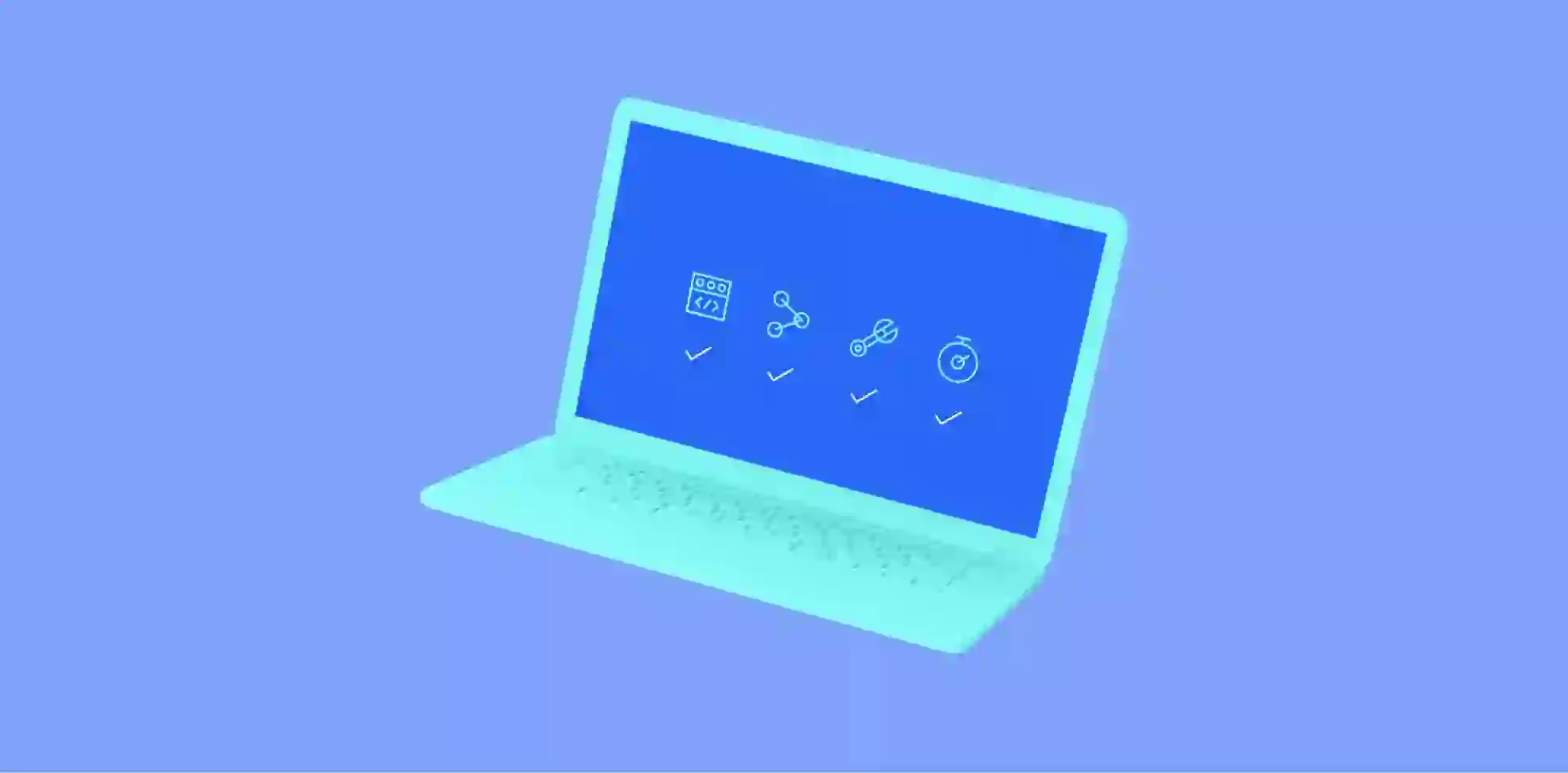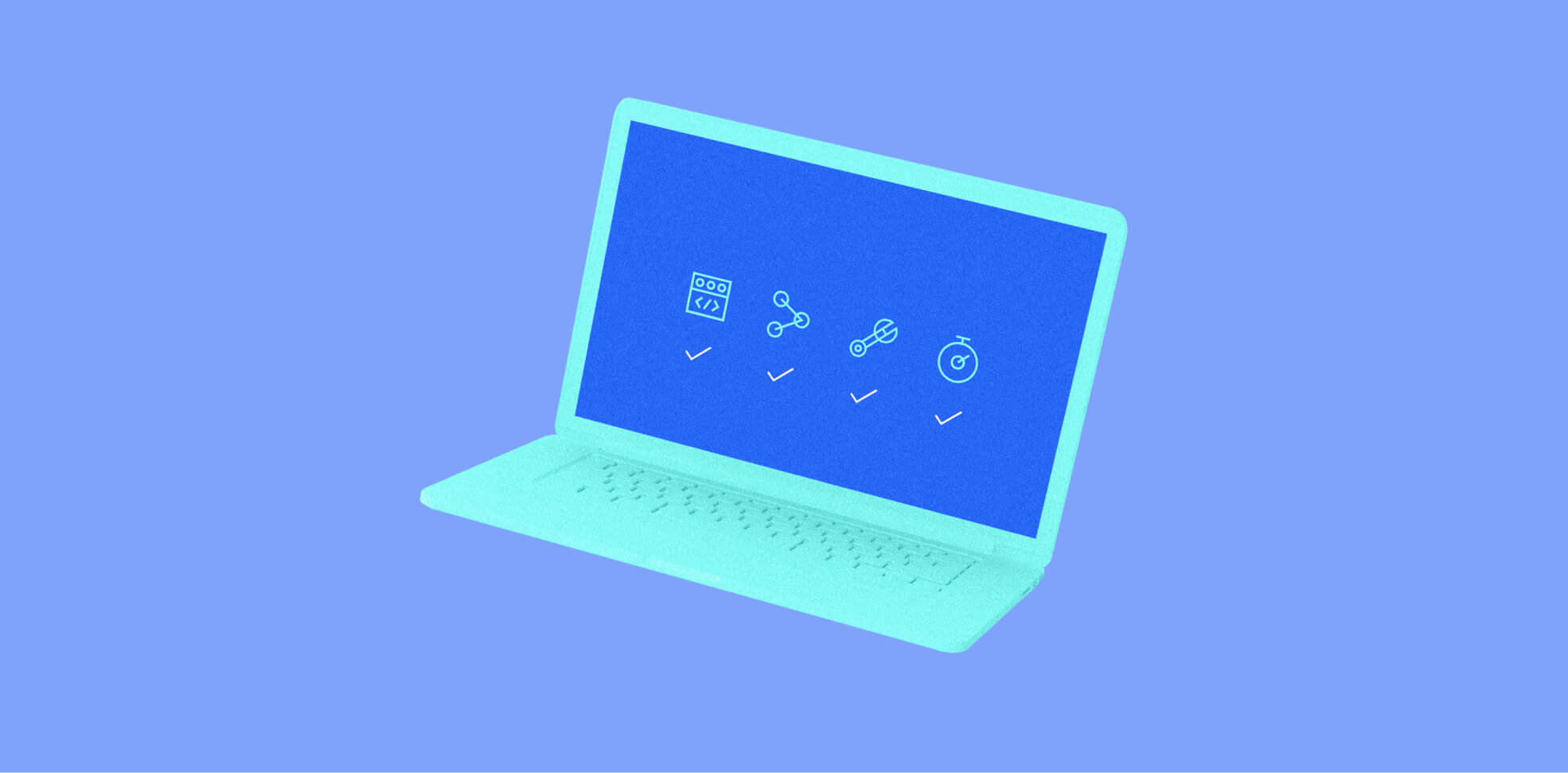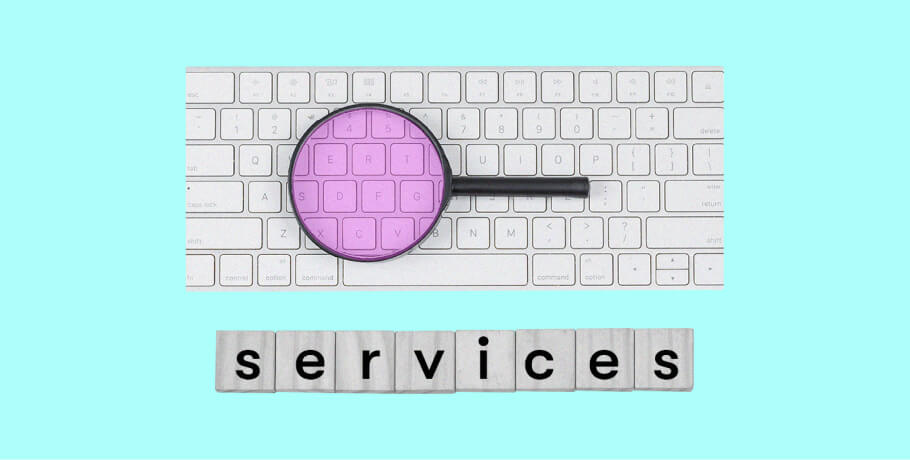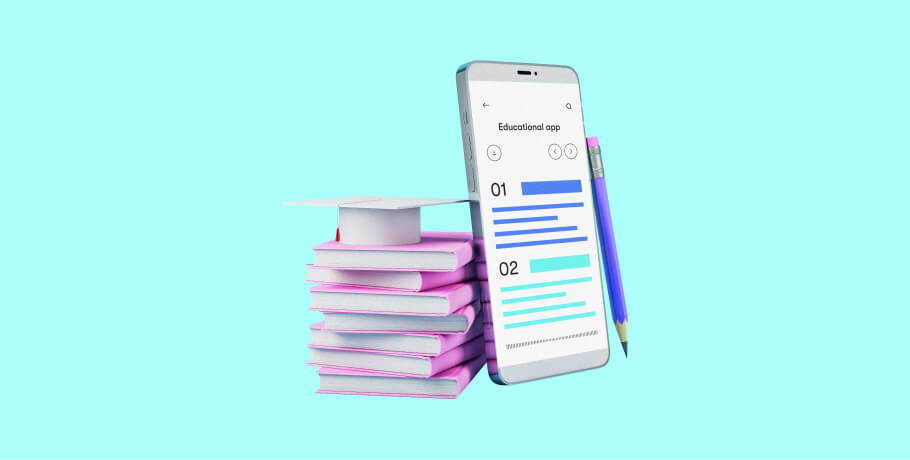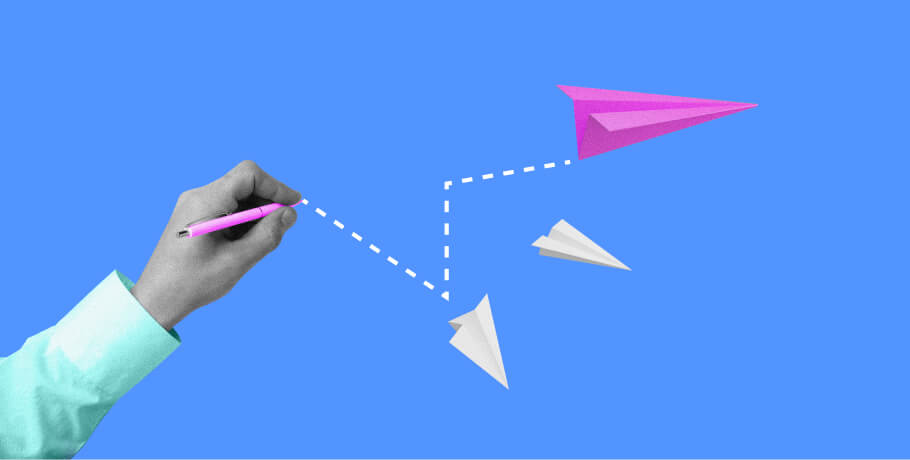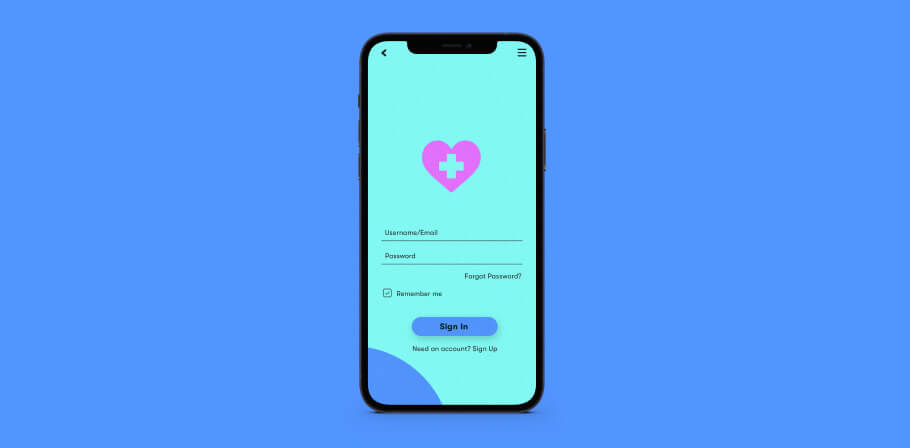Competition in business today is fiercer than ever, and any advantage can go a long way toward giving your company the edge it needs to be successful. Customer experience is more of a differentiator than ever before, and this is where the benefits of usability testing come into the equation.
Usability testing provides businesses with invaluable feedback from real users on their products and services, enabling them to make informed decisions about the user experience. Through usability testing, either as part of prototype testing or solicited product feedback collection, companies can identify areas for improvement, address usability issues, refine designs, and create more efficient user flows through an iterative design process.
In this post, we'll explore some of the many different usability testing benefits and why this practice should be an essential part of your company's development process.
What is usability testing?
Usability testing is a process used to evaluate how easy it is for users to interact with a product, often through trial and error. The ultimate goal of usability testing is to make sure that the user experience (UX) is as streamlined and efficient as possible. Usability testing involves observing real users performing tasks with the product and collecting feedback on their experiences. This feedback can then be used to tweak and improve areas where the user experience falls short.
There are many different ways to go about conducting usability testing. Often, companies will hire digital consulting firms to come in and test their products with a group of target users as part of the holistic process of software testing. This can be done via in-person sessions or remotely, depending on the product and the company's preferences.
User testing can also be done internally, though this is not always as effective as hiring an outside firm. When conducted properly, usability testing can provide valuable insights into how end users interact with a product design and what areas need improvement.
What are the goals of usability testing?
The primary goal of usability testing is to improve a product's user experience (UX). This can be done by identifying areas where users struggle to interact with the product or where the product could be more efficient in addressing user needs.
Usability testing can also help to identify potential issues that may not be apparent when looking at the product from an outside perspective. By putting the new product through its paces with real users, companies can better understand how it will perform in the real world and make any necessary changes before release.
By improving usability, development teams can create more successful products that better engage customers and increase user satisfaction.
WE RUN USABILITY TESTS THAT BRING REAL IMPROVEMENTS
Get our team on board for your product engineering
What is the difference between a usability test and a focus group?
A focus group is a type of qualitative research that involves bringing together a group of people to discuss a topic or product. Focus groups are often used to gather insights about people's opinions on a given subject.
On the other hand, a usability test is a type of UX research that focuses on evaluating how easy it is for users to interact with a product and complete tasks. Usability tests are often conducted with individual users rather than groups, though both testing methods have their advantages and disadvantages.
While both methods provide valuable insights into user behavior, focus groups provide more detailed information about users’ attitudes toward specific topics or issues. In comparison, usability tests allow designers to observe how actual users interact with the product and pinpoint particular usability problems. When done at scale through automation, this can turn into quantitative testing and allow for a deeper analysis of critical user experience metrics.
7 benefits of usability testing
Usability testing is an incredibly valuable tool used by product teams and marketers to ensure that they build websites, apps, and other digital products that meet the needs of their target audience. There are many advantages of usability testing, including:
- Improved customer satisfaction: By evaluating user experience through usability tests, companies can make sure their products are designed to meet their potential users’ needs better, which will lead to increased customer satisfaction.
- Identify UX design flaws: Usability tests provide designers insight into potential problems before launching products, allowing them to address any areas needing refinement early on in the software development process. This saves both time and money in the long run, as it prevents costly redesigns later down the line.
- Optimize user flow: Usability tests offer unique insight into how people interact with websites and applications in real life by providing data on average task completion times. This data can then be used to evaluate navigation flows and optimize user flow accordingly.
- Increased conversion rates: By uncovering potential problems early on in the development (or re-design) process, companies can increase conversion rates on their websites/apps by offering customers an improved user experience.
- Improved quality assurance: Without relying solely on manual QA processes, testers can identify common issues and prevent them from occurring further down the production pipeline.
- Enhanced cost savings: Companies don’t need additional resources such as designers or developers late into product development cycles, as most identified issues get fixed prior to launch. This results in cost savings.
- Improved feedback: Usability testing provides concise feedback that developers can use to improve a product quickly and efficiently. It also allows users to voice their needs more effectively, resulting in better products over time.
How to kick-start usability testing
Before beginning any type of usability test, it’s important for businesses to have clearly defined objectives for what they hope to achieve from running these tests, as well as having their user persona map at hand.
Once these criteria have been established, it’s time for businesses to start planning their approach to running these tests successfully. Here are some tips for getting started:
- Define the test scenarios: Determine what tasks and questions you want users to perform or answer. This will form the basis of your tests.
- Choose a testing platform: There are many different platforms available for businesses to choose from; research each one carefully before making your decision.
- Recruit test participants: It’s important to have enough people participating in the tests to understand how users interact with the product/website being tested.
- Observe & analyze results: Once the tests have been completed, it’s time to observe and analyze the test results. This can be done by looking at heat maps in the case of unmoderated testing or session recordings. It’s also important to read through any comments that test participants may have left during their session to gain further user feedback.
- Take action: Now that you’ve collected all this data and identified where potential problems lie, it’s time to take action. Use the information gleaned from your usability testing to make changes and improvements to create a better user experience for your customers.
USER-TEST YOUR PROTOTYPE WITH EPAM DISPLAY
Get a pro team to develop, test, and launch your product confidently
3 common usability testing methods
A variety of approaches exist when it comes to conducting effective usability testing sessions, including lab studies, remote unmoderated studies (such as automated/AI bots), and moderated/focus group discussions, among others. Whatever user research method is chosen, it’s important to always make sure to follow the same protocol for each participant and that the tests are conducted in a fair environment to ensure consistency.
- Lab studies: This involves testing participants in a controlled environment with a moderator present. Doing this allows businesses to understand user behavior better and can help identify any potential issues or problems quickly.
- Remote usability testing: This approach eliminates the need for physical space, and testers can be recruited from anywhere around the world. These studies are typically more cost-effective than lab studies and allow for real-time data gathering.
- Moderated/focus group discussions: These types of discussions involve groups of users who provide feedback on a product’s user interface and functionality through group conversations. This allows companies to gain insight into how users interact with and perceive certain products/websites.
When is it best to start usability testing?
Usability testing can begin as early as the design phase of a product or website. This allows businesses to quickly identify any potential issues and take action in order to fix them prior to launching the product/website. Additionally, usability testing should be conducted periodically throughout the course of developing a product/website in order to ensure that any changes made are beneficial for users.
What questions to ask when testing usability
When conducting usability tests, it’s important to ask the right questions in order to gain valuable insights. Examples of questions businesses should consider asking include:
- How easy was it for you to find what you were looking for?
- What do you think of the overall look and feel of the product/website?
- Were there any features that you found confusing or difficult to use?
- Was there anything that could be improved?
- What would you like to see added or changed?
By gathering this type of data, businesses can make informed decisions on how best to improve their products/websites and create a better user experience.
Key takeaways
Overall, usability testing provides companies with invaluable feedback that can help shape the success of their products or websites. With its ability to save on cost and improve the user experience, there’s no question why this process has become an integral part of many businesses’ development cycles.

Anush has a history of planning and executing digital communications strategies with a focus on technology partnerships, tech buying advice for small companies, and remote team collaboration insights. At EPAM Startups & SMBs, Anush works closely with subject matter experts to share first-hand expertise on making software engineering collaboration a success for all parties involved.
Anush has a history of planning and executing digital communications strategies with a focus on technology partnerships, tech buying advice for small companies, and remote team collaboration insights. At EPAM Startups & SMBs, Anush works closely with subject matter experts to share first-hand expertise on making software engineering collaboration a success for all parties involved.
Explore our Editorial Policy to learn more about our standards for content creation.
read more